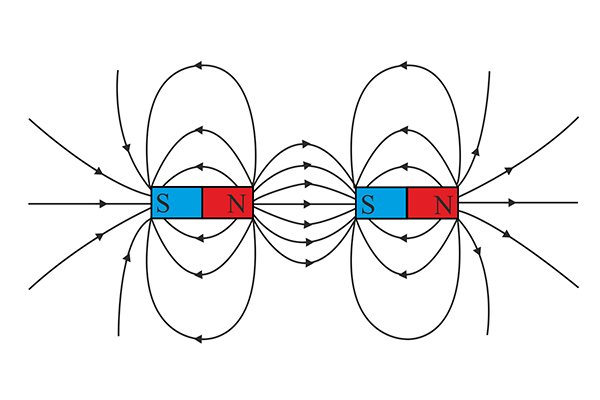Do Magnets with Identical Specs Deliver Equal Suction? 4 Hidden Variables That Matter
In industrial, electronic, and household applications, a magnet‘s holding power directly impacts performance. While many assume magnets with equal grade (e.g., N52) and volume must perform identically, real-world tests show up to 30% variation in suction force. This guide reveals the critical factors behind these differences.

1. The Physics Behind Magnet Suction
The theoretical holding force formula:
F = (B² × A) / (2μ₀)
(B = flux density, A = contact area, μ₀ = vacuum permeability)
This proves suction depends on the square of flux density and contact area. Even with identical BHmax values, changes in shape or pole distribution alter B and A significantly.
2. The 4 Real-World Variables
1. Shape & Pole Distribution: The Geometry Effect
-
Disc Magnets (e.g., D10×2mm): Radial field lines suit flat surfaces but decay rapidly.
-
Bar Magnets (e.g., 10×10×50mm): Concentrated flux at ends enables deeper reach (e.g., pipe interiors).
-
Ring Magnets: Near-zero field at center; require ferromagnetic backings.
Test Data: N42-grade 20×20×5mm block magnets show 25% higher suction than same-volume discs on 1mm steel.
2. Surface Contact: Microscopic Gaps Kill Performance
-
Ideal Contact: Full metal-to-metal contact minimizes air gaps (lowest reluctance).
-
Real-World Issues:
-
Ra > 3.2μm surface roughness → 15% force loss
-
0.1mm paint/oil layer → 40% reduction
-
-
Solution: Electropolish to Ra < 0.4μm or use <8μm nickel plating.
3. Material Matters: Permeability Dictates Efficiency
| Material | Relative Permeability (μr) | Force vs. Pure Iron |
|---|---|---|
| Electrical Iron | 5,000-10,000 | 100% (Baseline) |
| Mild Steel | 1,000-2,000 | 85-92% |
| 430 Stainless | 500-800 | 60-75% |
| Aluminum | 1.00002 | Near 0 |
Case Study: Switching from 304 to 430 stainless steel tripled holding power for an automation fixture.
4. Temperature: The Silent Performance Killer
-
NdFeB Magnets: Lose 0.12% BHmax/°C above 80°C; 50% force drop at 150°C.
-
Ferrites: Stable (±3%) from -40°C to 250°C but weaker (10% of NdFeB).
-
Solution: For >150°C, choose samarium-cobalt or dysprosium-doped NdFeB.
3. Engineering Selection Rules
-
Profile Your Target: Material, thickness, finish, operating temps.
-
Simulate Conditions: Measure flux density with a gaussmeter.
-
Safety Margin: Design for 1.5× theoretical force.
-
Real-World Testing: 72-hour trials under vibration/temperature cycles.
Get Your Custom Solution
To purchase the corresponding magnet, please contact Tecomag, email: sales01@tecomag.net; info@tecomag.net










